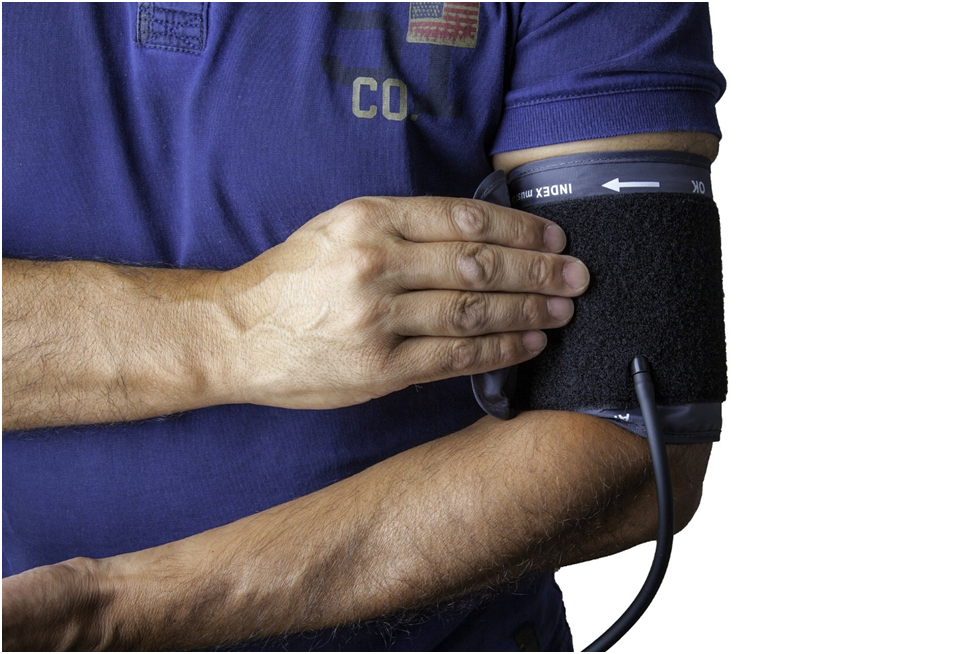HIPAA compliance is critical for those organizations that handle sensitive patient health information in the United States. All regulated entities must ensure they have established Policies & Procedures and have employees trained in HIPAA privacy, security, and breach notification standards. Failing to meet these requirements can result in civil or criminal charges, as well as costly fines. To protect themselves and their patients, organizations should strive to keep up to date on all HIPAA updates, take steps to monitor patient data, regularly test security systems, and securely destroy confidential information. By proactively ensuring HIPAA compliance, organizations will be better protected, their patients will rest assured that their personal data is secure and treated with respect.

In December 2020, the Department of Health and Human Services released startling findings that 69% of organizational investigations discovered non-compliance with HIPAA regulations. This finding, combined with the rising healthcare costs associated with violations, highlights an urgent need for organizations to reduce HIPAA challenges in order to prevent monetary losses and protect confidential patient information. Organizations must move quickly to assess their existing security and privacy controls, ensuring they stay conscious of current regulatory compliance requirements. It is possible to reduce HIPAA challenges, but meaningful change requires thoughtful planning and commitment from leadership teams.
Cybersecurity Challenges
1. Limiting Access to PHI
One of the major cybersecurity challenges organizations face is limiting access to PHI. This means ensuring that only authorized personnel have access to any patient data. Organizations need to ensure that all PHI is stored securely on a server or database, and use strong encryption methods or multi-factor authentication mechanisms for accessing it. They also need to ensure that all employees understand how important it is to limit access to PHI and use proper security protocols when sharing any sensitive information.
2. Using Secure Connections
Another significant challenge organizations face when it comes to HIPAA compliance is using secure connections for data transmission and storage. All patient data should be encrypted before sending or storing in order to prevent unauthorized access or manipulation by third parties. Organizations should also consider using a Virtual Private Network (VPN) as an additional layer of security, as this will help protect any sensitive data while in transit over public networks such as the internet.
Technical Challenges
1. Authorization Processes
Organizations also need to establish robust authorization processes for controlling who can access PHI and which systems they can use for doing so; this includes implementing policies related to user accounts, passwords, authentication tokens, etc., in order to make sure no unauthorized users can gain access without being properly vetted first. Additionally, organizations should regularly review their authorization processes in order to identify any weaknesses or vulnerabilities that could be exploited by attackers.
2. Audit Control Systems
Organizations need audit control systems in place in order to monitor changes made within their networks or databases; this will allow them to detect suspicious activity quickly and take action accordingly if needed. Additionally, these systems can also help organizations comply with certain HIPAA requirements such as logging user activity and reviewing system logs periodically in order to detect potential breaches before they happen.
Device Security Measures
As an administrator, it is imperative to protect not only the e-PHI itself but also the devices that gain access to it. To ensure maximum protection, companies may provide their staff with systems that have secure encryption. If your organization allows employees to bring their own devices for work purposes, confirm that those confidential data sources are encrypted. In order to certify this type of security, employee education is essential. Should negligence arise due to lack of training, a data breach may occur and run afoul of HIPAA compliance regulations. For comprehensive safety and peace of mind, guarantee your employees are properly trained on how to handle sensitive materials.
So, organizations also need to ensure that any devices used for storing or transmitting PHI have appropriate security measures in place. This includes using antivirus and anti-malware programs, as well as encryption technologies such as disk encryption to protect against unauthorized access and data loss. Additionally, organizations should consider using remote wiping technology in order to be able to erase all PHI if a device is lost or stolen. So, these are some of the major device security challenges organizations face when it comes to HIPAA compliance. With proper planning and preparation, however, these can be addressed and managed effectively.

Risk Analysis Assessments and Tools
When considering HIPAA compliance, risk assessment is a crucial step in the process. A risk assessment identifies possible areas where vulnerabilities and/or discrepancies could occur within your security measures. To help mitigate any security risks, the Office of Civil Rights and the Office of the National Coordinator for Health Information Technology created a Security Risk Assessment tool to aid with the process. This tool is available to download free of charge, helping you check off what standards are being met while also creating a plan to manage your risk assessment going forward. With an SRA tool in place, you'll be able to more accurately determine any potential risks that face your business.
Lastly, organizations must conduct risk analysis assessments periodically in order to identify potential risks associated with their IT environment’s security posture including unauthorized access attempts from outside sources; from these assessments, organizations can develop countermeasures against potential threats utilizing tools such as penetration testing or vulnerability scanning in order determine weaknesses in their environment that could lead attackers into gaining access into sensitive information assets containing ePHI data elements; these tools enable healthcare providers proactively assess their security posture rather than just reacting when a breach occurs after the fact.
Final Thoughts:
In conclusion, while HIPAA compliance poses numerous challenges associated with both cybersecurity and technical best practices related implementation of various controls; taking proactive steps towards ensuring all required safeguards are implemented while also periodically testing its effectiveness is vital for remaining compliant with HIPAA regulations and protecting patient health information from unauthorized personnel looking exploit vulnerable areas in an organization's IT infrastructure.
Doctors Versus Physical Therapists
When it comes to muscle or joint pain or even back pain, seeing a physical therapist is a must. Their specialization in these categories is going to kick start your journey in feeling better and addressing the pressing needs on a straining body. A physical therapist can also help address any potential harmful issues and movements that could cause you more pain later on down the road. Getting consultations can help determine if going to a physical therapist is a logical step in discussing your health needs before seeing a doctor. In some cases, you may need to see a doctor first to diagnose the particular issue to then be seen by a physical therapist -but that is not always the case. Physical therapists will always send you to a doctor if they feel they can not adequately address the issues you are facing. While doctors and therapists can work hand in hand, they are not always needed together and you can see one without the other.
Injuries That Require Physical Therapy
Ligament strains are the most common injuries seen among physical therapists for treatment.
- Ankle sprain
- Hamstring sprain
- Muscle sprain
Back pain is also frequently treated with physical therapy if it has been identified by a doctor as caused by an injury to the back ligaments and muscles. Achilles tendon injuries are also an injury seen often by physical therapists that requires physical therapy in order to properly heal. Soft tissue injuries (muscles and ligaments) as well as strain and tear injuries are all injuries that require physical therapy to help you recover and get back on your feet again.
Skip the Wait…and the Money!
When dealing with specialized issues of your muscles and joints, many times you will be referred to a physical therapist by a doctor. But due to the Direct Access Legislation, you do not need a referral from your doctor to start a treatment regime from a physical therapist. Many insurances cover physical therapy costs and by heading straight to physical therapy you can cut out doctor bills and unnecessary wait times. Physical therapy is also cost effective in the sense that doctors may jump to surgery as an option, and many times an expensive option, when physical therapy could be the way to help you start feeling better and stay feeling better. So, skip the wait and look toward Pick PT for specialized care today and start the journey to feeling better without waiting on the doctor!





.jpg)


